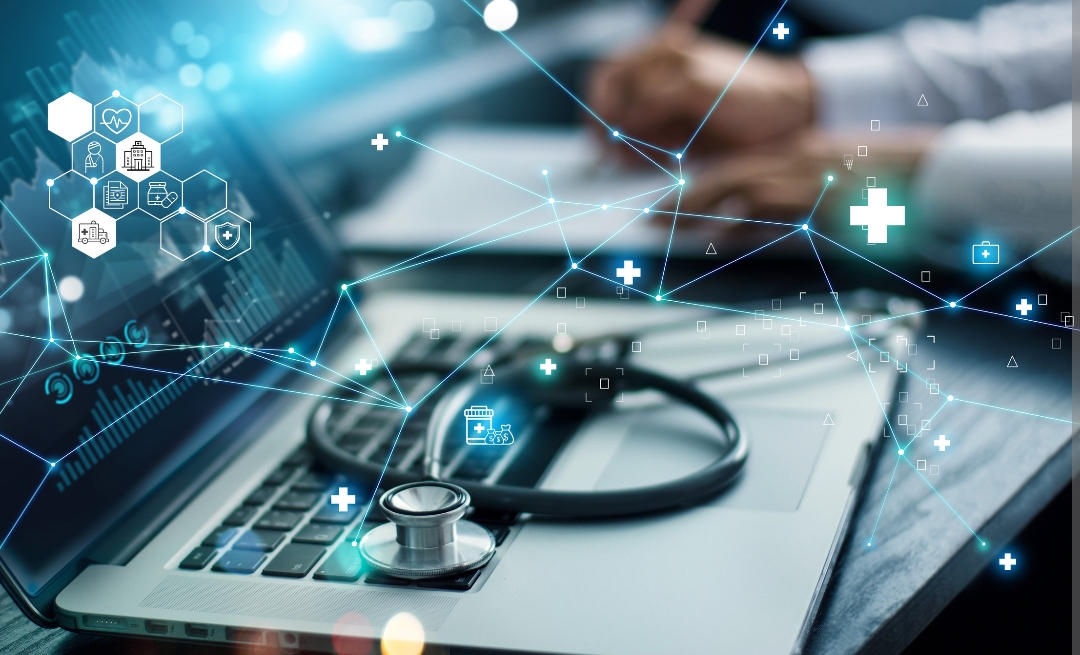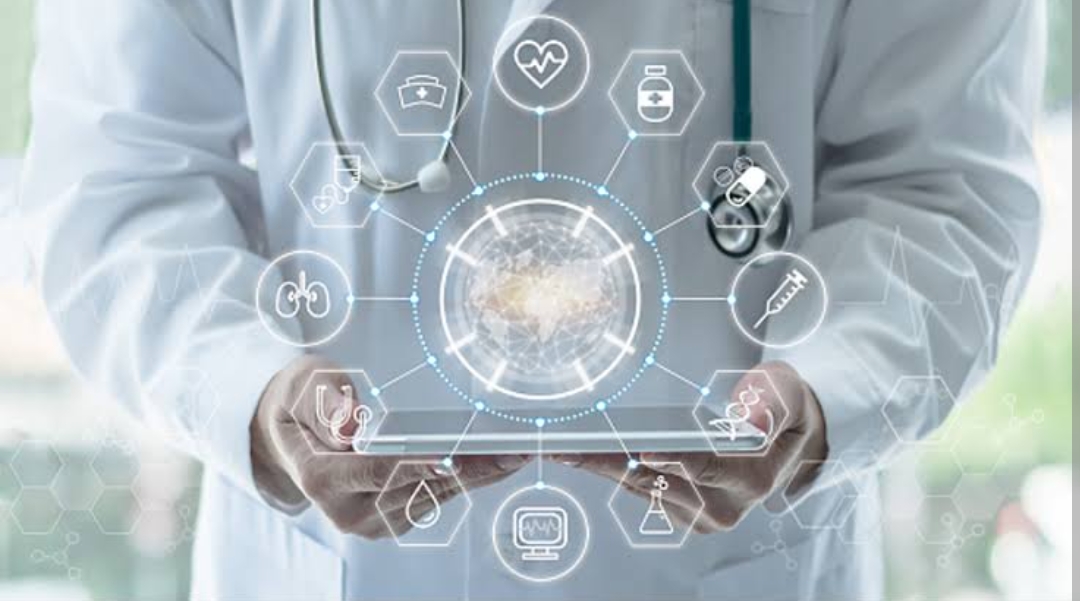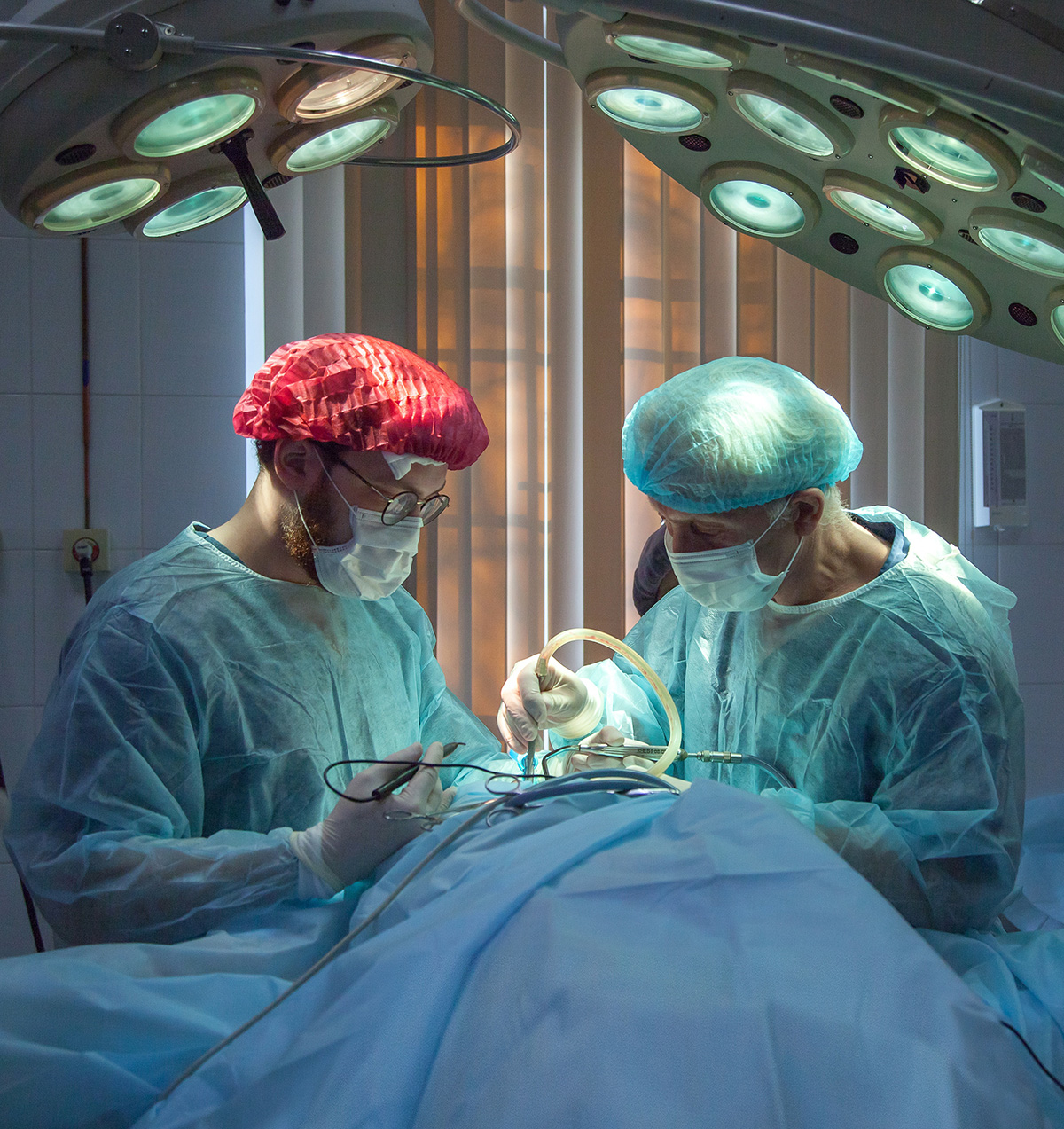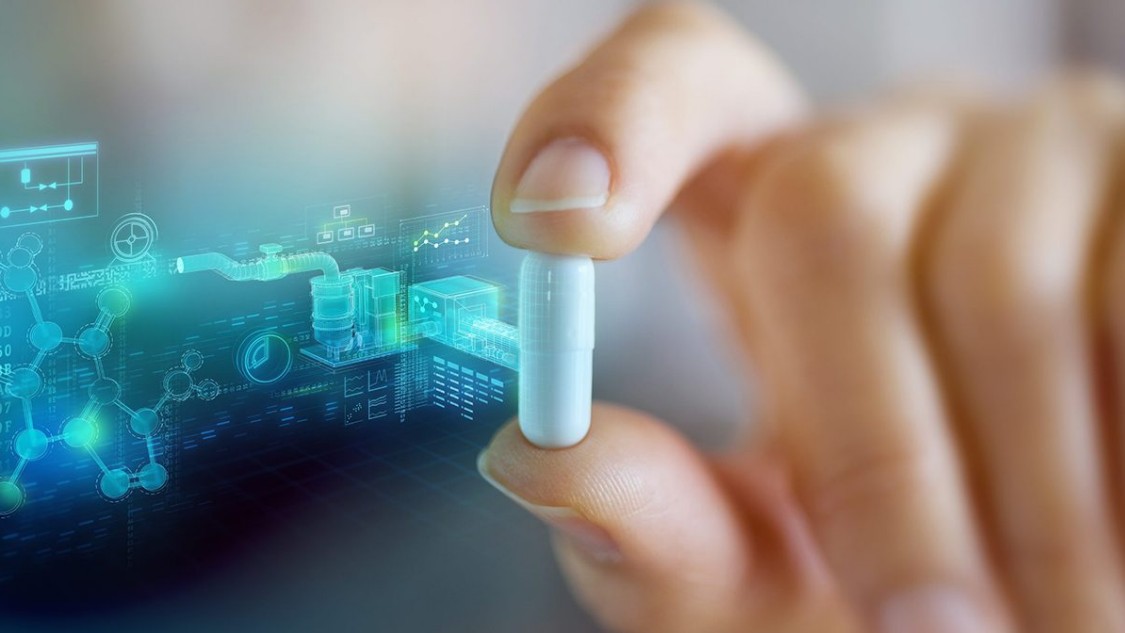
Some of the best Healthcare Technology and Pharma Technology Trends for 2023
Because of the 2020 Coronavirus pandemic, medical services and drugs definitely stand out. On one hand, the news educates us regarding medical services assets stressed to the limit. Then again, we catch wind of drug organizations hustling to track down an immunization as fast as could really be expected.
In this manner, it’s coherent to expect that the world will intently watch healthcare technology patterns and pharma technology patterns in 2022. All things considered, the pandemic is still in full impact, and a few immunizations are currently being dispersed. While it’s a decent supposition that Coronavirus will end in 2023, it in all probability will be around for basically the primary portion of the year.
Innovation works on our lives, and in the battle against an emergency like Coronavirus, we want all the assistance we can get. How about we check some exceptional pharma technology patterns and generally healthcare technology patterns, what they are probably going to mean for their individual enterprises, and check whether they can offer us some uplifting news.
A Pandemic-Based Change
Most would agree that 2020 was a groundbreaking year for the medical care and drug businesses. The Coronavirus pandemic constrained the clinical local area to rethink how patients and guardians communicate, as well as spiked a gigantic innovative work to foster immunization by the drug business. How about we take a gander at probably the most encouraging healthcare technology patterns and pharma technology patterns in 2023.
Telemedicine
Coronavirus made it important for medical services suppliers to move however much of their work to a non-contact design as could reasonably be expected, adjusting to mandates with respect to social separation. Consequently, telemedicine pulled in a great deal of consideration. For example, doctors inspect and analyze patients from a distance, enter treatment guidelines carefully, and sort out for drug stores to convey medicines to patients via mail or messenger. Phone and video arrangements, distant meetings, online coordinated effort, and far off telemetry all expanded in use in 2020 due to Coronavirus conventions and will undoubtedly keep on being a huge component in 2023.
Information Driven Medication Improvement
Drug organizations can utilize the force of limitless information to take more striking steps in finding and growing new medications, as well as new applications for existing mixtures. Information driven research is taking care of business as a huge pharma technology advantage.
The study of disease transmission
The Coronavirus pandemic exhibited the significance of the study of disease transmission in following, responding to, and expecting the spread of the illness. Thus, the study of disease transmission benefits from information science to screen things like contact following, foresee what the Covid will do straightaway, and side effect following.
Computerized reasoning/AI (simulated intelligence/ML)
Simulated intelligence and ML are fundamental pieces of the present drug industry, and they will encounter an extending job in medical care in regions like diagnostics, the study of disease transmission, and, surprisingly, patient contact.
For instance, Google has as of late declared that its Deepmind simulated intelligence can now anticipate a protein’s design from its DNA code. This advancement settles quite possibly the greatest test in science, one that has been around for 50 years.
Man-made intelligence and ML are likewise ready to assume a more conspicuous part in emergency clinic organization, making the offices “more astute.” For example, simulated intelligence can recognize and fix many issues with medical organizations, setting aside cash. Computer based intelligence can likewise increment functional proficiency, scale cutting edge medical caretakers’ responsibilities, and supply virtual patient checking to anticipate and decrease unfavorable occasions.
AI can assist clinical imaging, collecting, and cross-referring to volumes of imaging datasets faster and more precisely than individuals can. The aftereffects of these examinations can furnish patients with exact prescient conclusions.
Furthermore, that is only first of all. Artificial intelligence can offer game-changing applications for robot-helped medical procedures, misrepresentation recognition, clinical preliminary interest, and network safety. Moreover, the upsides of artificial intelligence and ML will significantly help areas where clinical access is troublesome or deficient.
The Web of Clinical Things (IoMT)
The Web of Things (IoT) has proactively stirred things up in a tremendous cross-segment of enterprises and areas, with the quantity of IoT gadgets anticipated to leap to 125 billion by 2030. The clinical field is ready to benefit monstrously from IoMT, because of a mix of versatile applications and IoT gadgets.
Think about the determination of clinical related wearables accessible today. A few remote screens check pulse, skin temperature, circulatory strain, and glucose level. As these wearables increase, medical services experts can monitor their patients’ wellbeing without the last option expecting to go to a clinical focus.
In any case, there are still difficulties to resolve, like network (any individual who frequently utilizes a cell phone can confirm this!) and protection. Yet, these difficulties can be met and addressed in time.
Visit DocMode for Courses and lectures












